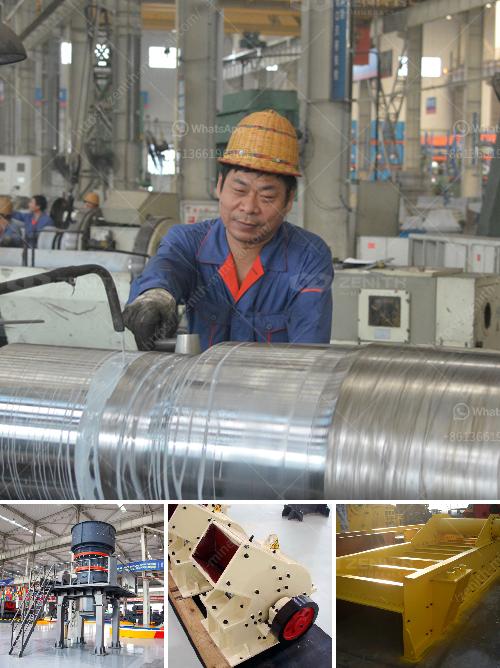Rock processing equipment is essential in the mining, aggregate, and construction industries for crushing, sizing, and sorting rocks and minerals. Here's an overview of the different types of rock processing equipment available:
-
Crushers:
- Jaw Crushers: Utilize compressive force for breaking rock with two vertically oriented jaws.
- Cone Crushers: Suitable for secondary, tertiary, and quaternary crushing stages, cone crushers crush rocks by squeezing them between an eccentrically gyrating spindle and a concave hopper.
- Impact Crushers: Employ the force of impact rather than pressure to crush material. Two types: horizontal shaft impactors (HSI) and vertical shaft impactors (VSI).
- Gyratory Crushers: Similar to jaw crushers, but with a circular gap and higher capacity, mainly used in primary crushing.
- Hammer Mills: Use high-speed rotating hammers to crush or grind rock into smaller pieces.
-
Screening Equipment:
- Vibrating Screens: Separate materials into various sizes using vibrating motion.
- Trommel Screens: Rotary drum screens that separate materials based on size, often used in recycling and waste processing.
- Grizzly Screens: Coarse screening equipment used before primary crushers to remove fines and smaller particles.
-
Conveyors and Feeders:
- Belt Conveyors: Transport materials over varying distances.
- Apron Feeders: Heavy-duty feeders that convey materials to crushers and screens.
- Vibrating Feeders: Use vibration to feed materials uniformly into processes.
-
Grinding Mills:
- Ball Mills: Cylindrical devices used for grinding materials into finer particles.
- Rod Mills: Similar to ball mills but use long rods for grinding media.
-
Washing and Classification Equipment:
- Sand Washing Machines: Clean and separate sand from gravel, dust, and other impurities.
- Log Washers: Used for rinsing off clay, silt, and other contaminants from aggregates.
- Hydrocyclones: Employ centrifugal forces to classify and separate materials based on size and density.
-
Sorting and Separation Equipment:
- Magnetic Separators: Sort ferrous particles using magnetic fields.
- Flotation Machines: Separate minerals through flotation, involving air bubbles attaching to certain materials.
-
Pumps:
- Slurry Pumps: Designed to handle abrasive or solid-laden slurries in mining and mineral processing.
These types of equipment are usually modular and customizable to fit the specific requirements of a production operation, ranging from quarrying and mining to recycling and material recovery.


